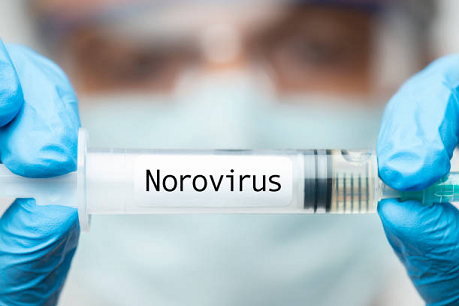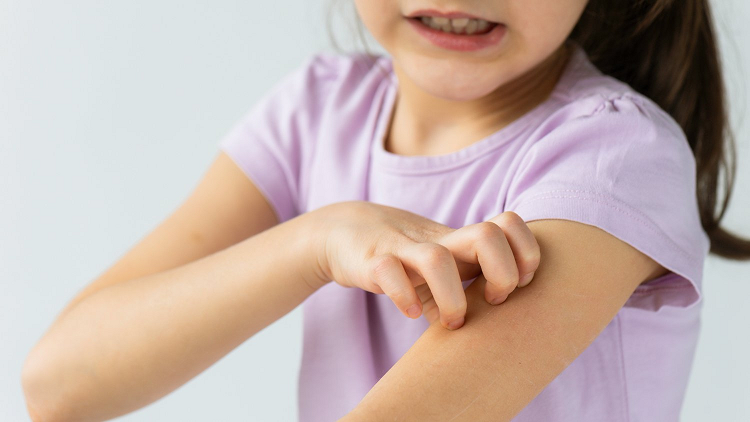Now, after three years with COVID-19, the pandemic is ebbing away worldwide. What’s still high, however, is the number of reports to the pharmaceutical authorities regarding serious symptoms and injuries after COVID vaccination. In Sweden, they’ve even continued to increase at a constant rate during the past year.
Ever since the middle of 2021, I’ve tried to evoke an open discussion in the media for something entirely central concerning serious afflictions after vaccination against COVID, but to no avail. I’m now making another attempt, admittedly at a late stage, but, there will be future pandemics and epidemics and there are still large groups of people around the world that are recommending vaccination against COVID.
The prevention of serious symptoms and injuries is the main reason why people are vaccinated against a disease. That’s why it’s so important that the percentage of subsequent serious afflictions doesn’t turn out to be higher in the vaccinated group than in the unvaccinated one when vaccination against the disease has been started.
The entire vaccinated group must therefore be compared with the entire unvaccinated group in investigations of serious symptoms and injuries that occurred after vaccination or after infection. But when I looked more closely at what the researchers behind the larger, American health authority CDC-favored studies actually compared, I discovered that they’d chosen to compare completely different groups instead.
The comparison they’d chosen was one where they looked at the risks of various serious symptoms and injuries after COVID vaccination vs the risks of the corresponding ailments after infection in the unvaccinated–instead of looking at the corresponding risks for the entire unvaccinated group. This meant that the researchers obtained higher risk figures for the option “to abstain from the vaccine” than for the option “to take the vaccine.” In addition, they’d chosen to look at the risks after confirmed infection instead of after estimated, which yielded an even smaller denominator in the division.
The objection that the researchers didn’t set out to determine the most optimal of the choices “to take the vaccine” or “to abstain from the vaccine” doesn’t hold up, because when reading the reports it becomes very clear that the authors consider the comparison between vaccinated and infected unvaccinated to be acceptable, not least via all the tables and diagrams where none other than these two groups are compared.
The American health authorities haven’t corrected this either, in their presentations of the studies (see here slide 26 and here slide 18), and the Swedish Public Health Authority has referred to studies of this type as well, in text passages which clearly showed that the authority considered a comparison between vaccinated and infected unvaccinated to be valid.
This formerly contained the following text, now removed, in translation: “Scientific studies show that there’s a greater risk associated with getting COVID-19 than is associated with getting vaccinated. This means that the benefit of getting vaccinated is much greater than the risk of suffering any side effects from the vaccine.” And this formerly contained the following in translation: “Getting sick with COVID-19 is associated with a greater risk than is associated with getting a vaccine against COVID-19. There’s a much greater risk associated with getting a serious disease that can infect other people than is associated with getting a vaccine against the disease.”
When I then looked at the results of the studies and used official statistics to make a correct comparison instead, I found they showed that the risk of serious symptoms and injuries after vaccination was many times higher than the risk of corresponding infection-related conditions in the unvaccinated state. In total, the risk of serious conditions after vaccination was about 13 times higher than if one abstained from the vaccine, according to this data.
The reason that the adequate comparison is between the risk of afflictions after vaccination and the risk of corresponding afflictions in the unvaccinated state is that the alternative to taking a vaccine isn’t to contract the infection, but to be unvaccinated and thus perhaps contract the infection, perhaps not.
For the unvaccinated, the risk of ingesting viral RNA/DNA isn’t 100 percent, as with vaccination, but very much lower; for COVID, the risk has varied between about 0.5 and 15 percent, depending on where on the globe one was located and during what time period one was there (see here, here, and here).
And even if that risk increased if one ended up in situations with higher contagion, it still never got very high. For example, it’s estimated that only about 40 percent of Sweden’s population has had COVID, even though it’s now been three years since the pandemic started. Any choice between getting the vaccine and getting the infection never occurs in reality; far from it, and such a comparison is therefore completely irrelevant from a benefit/risk assessment point of view.
I don’t intend to here enter into theories as to the reason for the researchers and health authorities’ choice of too low a denominator in the division; I’ll leave it to the reader to draw their own conclusions on the matter. In any case, this comparison between severe symptoms and injuries after vaccination and the corresponding afflictions after infection in the unvaccinated must come to an end, not to mention after merely confirmed infection. And this applies to both covid-19 and any future pandemics and epidemics. What’s adequate, and always has been, is to compare symptoms and injuries after vaccination with corresponding conditions in the entire group of unvaccinated people.
Scientists must stop making incorrect comparisons, and health authorities must stop claiming that the serious symptoms and injuries linked to vaccination are “very rare,” while at the same time omitting to inform that the risk of corresponding, infection-related afflictions in the unvaccinated state actually is lower. And the critical question which becomes the logical consequence of this rectification, and which we must ask ourselves, is:
If we, after this adjustment, look beyond different corresponding symptoms and injuries and compare the total data of serious conditions after vaccination with the total data of the unvaccinated, is it then possible that we’ll find a predominant proportion of ailments among the vaccinated? Well, it’s definitely possible, and in the case of the COVID vaccine, already the figures in the very first, large Pfizer study pointed in that direction. And if so, we have to ask ourselves:
Where’s the sense in vaccinating people and thereby increasing the risk for them to develop serious afflictions of various kinds?
This article was originally published by the Brownstone Institute. Anette Stahel holds a MSc degree in biomedicine and is a former cancer researcher at the University of Skövde in Sweden. She is also a member of Läkaruppropet (The Physicians’ Appeal), the Swedish response to The Great Barrington Declaration.













5 Responses
Facebook, no longer giving options to download.
It would interest me to know how many people in the vaccinated population died as a result of being vaccinated (d/t heart failure, blood clots, strokes, cancer, sudden death syndrome), died from Covid infection, and died d/t the medical care they received following infection. During the same time period compare that group to the non-vaccinated group who died (d/t heart failure, blood clots, strokes, cancer, sudden death syndrome), died from Covid infection, and died d/t the medical care they received following infection. I believe the results would show that the risk of serious complications in the vaccinated group is many times greater than the non-vaccinated group. I would not be surprised to discover that this study has already been done but will never see the light of day.
According to the narrative, ALL who were unvaccinated were guaranteed certain death from Covid. Yet here we all are.
My landlord’s oldest son died from COVID. He was unvaccinated. He was healthy so he was an ideal candidate for an ECMO machine but after eight weeks the pulled the plug because the odds of recovery fell to zero. He was still blinking in response to questions. His parents were devastated. You are wrong when you say “all”. You apologize. Right now. RIGHT. NOW.
I tweet the article. Of course FB will not post it 😐